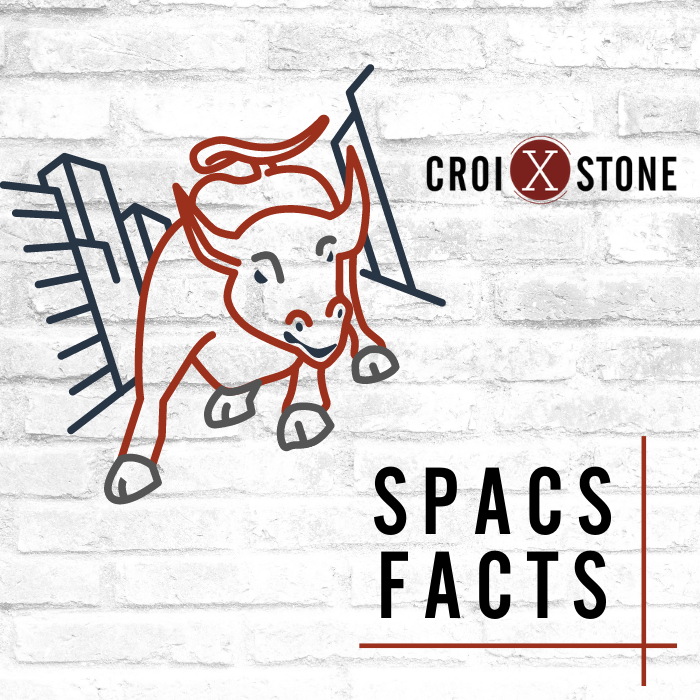2021 is Proving to be Another “SPAC-tacular” Year.
It is nearly impossible to read an article about Wall Street without coming across a mention about SPACs. For those not familiar with the term, Investopedia defines SPAC as “a special purpose acquisition company with no commercial operations that is formed strictly to raise capital through an initial public offering (IPO) for the purpose of acquiring an existing company.”
Here are some interesting SPACs facts.
- SPACs are often referred to as “blank check” companies.
- While SPACs have been around for years, their popularity soared last year with their IPO fundraising hitting a record $83 billion (compared with $13.6 billion in 2019 and $10.7 billion in 2018).
- SPAC activity in 2021 is far outpacing last year’s record year. So far in 2021, SPAC IPO fundraising has hit a record $64 billion.
- In 2020, the average SPAC IPO size was $335 million for 248 listings.
- So far in 2021, the average SPAC IPO size is $317 million for 202 listings.
- According to PwC, one of the primary reasons for last year’s SPAC spree was the market entry of high-profile SPAC sponsors with experienced management teams.
- PwC also cited the fact that SPACs offer an exit opportunity for private equity owners looking to cash out on their investment in the private company target in a shorter timeframe than in a traditional IPO.
Here are some SPACs links to help expand your knowledge.
Read about the benefits and challenges of a SPAC in this PwC article.
Visit SPACInsider to keep current on SPAC news and statistics.

